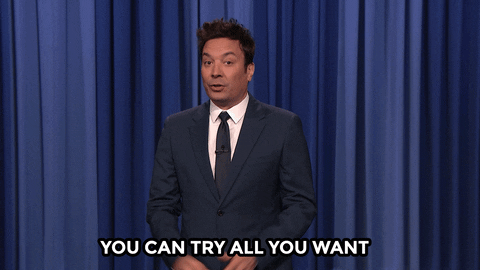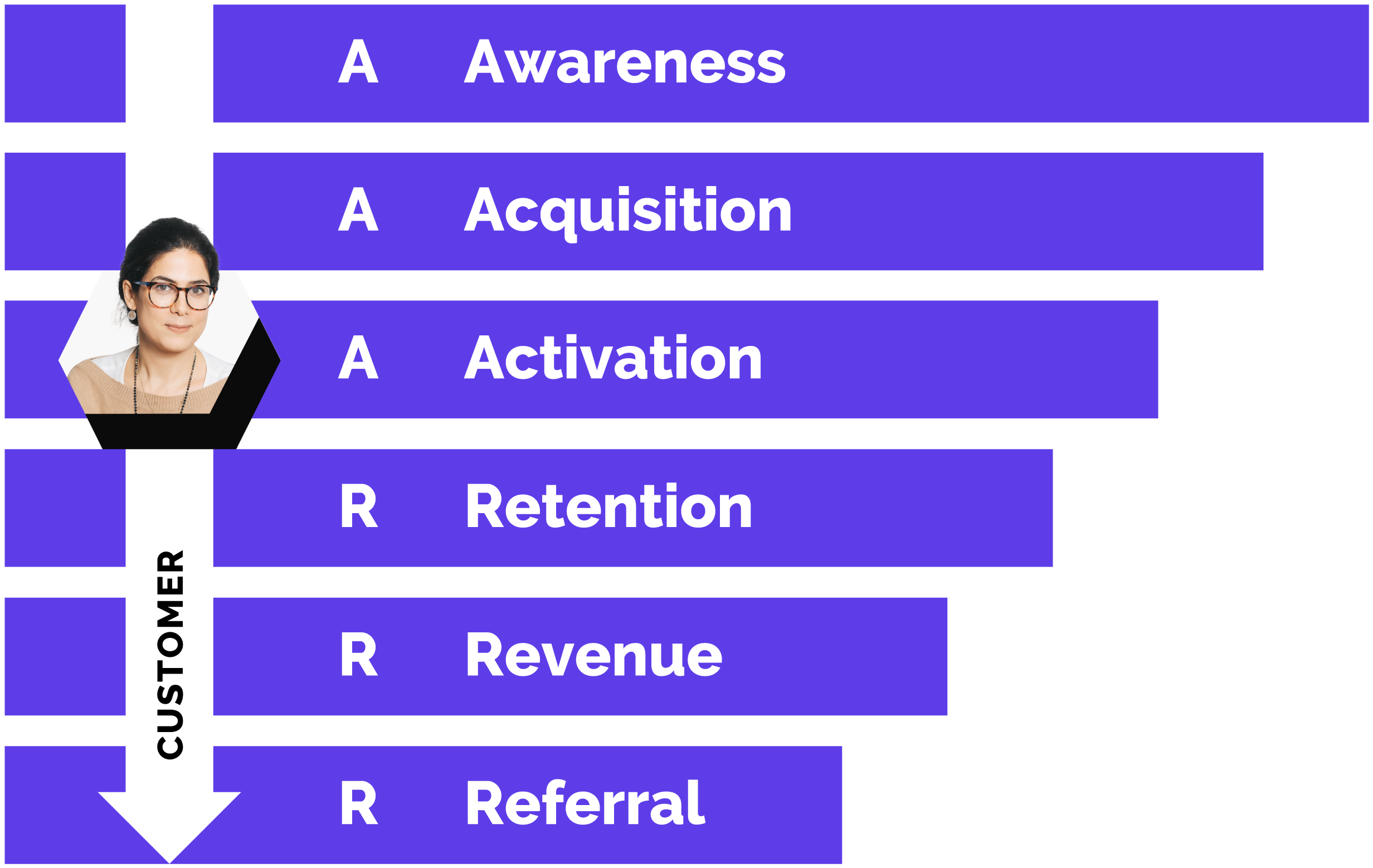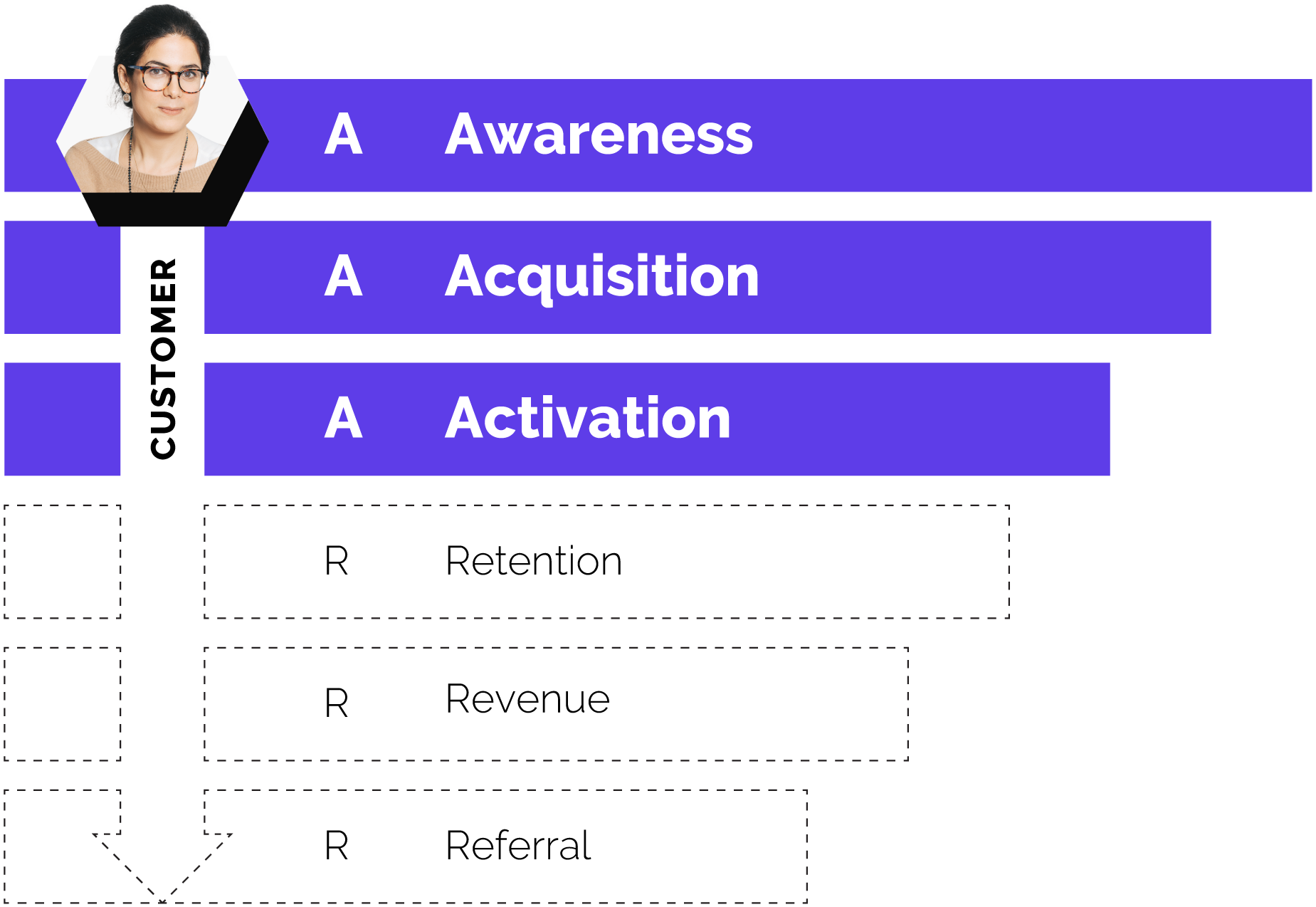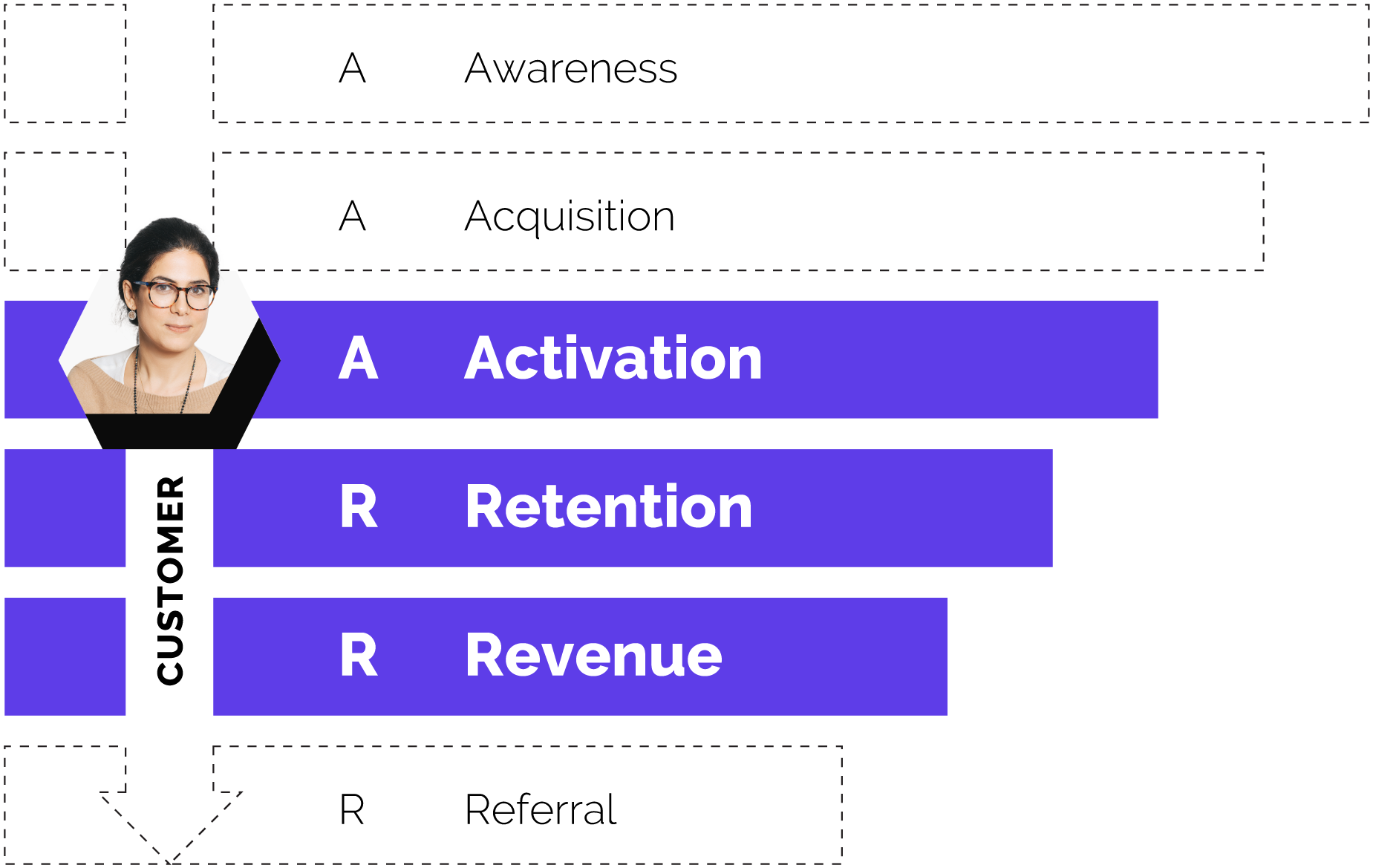If you have a SaaS product, you probably also know it by now: free trials are a great way to acquire potential customers.
A free trial is like a test drive before buying a car. Or, the less expensive version, a teaspoonful of sample ice cream before committing to buying the entire scoop (or two).
There are several ways to run SaaS free try-outs. Let’s take a look at the models:
1. Freemium offers limited access to the product. Restrictions include:
- Feature limitations
- Usage or storage limitations
- Advertisements
- Cross-selling opportunities
2. Free trials offer full access to the product for an allocated period of time. The most common models are:
- Opt-in for a free trial that doesn’t require a credit card during sign-up. Leads can choose to commit to payment after a demo or when the need for add-ons arises.
- Opt-out free trial which requires a credit card during sign-up. Subscription auto-renews at the end of the allocated trial period.
3. Hybrid model that incorporates both of the above. For example, users can gain full access to the product during a free-trial period. Should they decide to continue as a free user after the allotted time, they can still access the product for free but with limited features.

Whichever way you offer free trials, it’s a fantastic opportunity to show potential customers how your software could solve their problems or help them get their jobs done. We also love free trials because:
- They take users towards the aha moment and help them see the value of your product
- They’re easier to promote (maybe)
- They’re an opportunity to collect feedback about your offering
- They reduce the need for aggressive selling (Hey, a great product sells itself!)
- They encourage users to invest time and energy into your product before committing to a subscription plan
- They increase customer satisfaction
The list goes on.
Yes, yes, free trials are great. But here’s the hard truth: just because you’re offering SaaS tools for free, doesn’t mean your customers want them. Many SaaS companies are still struggling with:
- Not getting the right sign-ups
- Free users are not converting into paying customers
If you’re one of them, it means you have a leaky bucket in your funnel, and it’s time to optimize it (or, you know, patch it up).
But where do you start?
Let's start with the pirate funnel
Before you start optimizing your funnel, you need to first understand your customer’s lifecycle. This is a typical SaaS customer lifecycle through the lens of the pirate funnel:

- Awareness: Getting the audience to your website.
- Acquisition: They are aware of your solution and are in the consideration stage. They are also willing to give their information to you in exchange for more value.
- Activation: People are using your product and are experiencing the value you promised. They are still in the consideration stage but are closer to making a decision.
- Retention: Users are now returning and using it several times. It’s decision time!
- Revenue: Users subscribed to your tool. They are now your paying customers.
- Referral: They love it enough to start sharing it with their peers.
The likelihood of success depends on having the right customers in your funnel. You can’t wow your customers if you’re not in front of the right audience.
It’s like the comedian who bombed on stage because they read the audience wrong and performed a piece that didn’t sit well. In a live setting, the audience would get up and leave. In a SaaS setting, they stop returning to your solution — the dreaded word, C.H.U.R.N.
So, who’s the right audience then?
The answer is your ideal customer profile (ICP).
“Your ideal customer profile is a clear, common, objective definition of who the ideal buyers and users of your product are.”
For B2B SaaS and subscription businesses, we typically utilize the Jobs to Be Done framework to determine your ICPs. They are people who have a task they need done and need help achieving the desired outcome.
Your goal is to get your ideal customers to start using your service to complete a job that they couldn’t do before — the #1 key ingredient towards a stickier customer.
Interested in reading more about the pirate funnel? Our Growth Marketing Strategist, Wiebke, broke it down into details for you in this piece.
Read more: A deep dive into the pirate funnel, aka the (A)AARRR funnel
Ideal customers, where art thou?
The best, and perhaps only, way to identify your ideal customers is through customer research. If you think you need to engage a research company to do customer research, let’s debunk that once and for all — you don’t.
But you do need to ask yourself this question: when was the last time you spoke to your customers?
Your customer base is your biggest opportunity to gain valuable insights to help you gain more free-trial users whom you can turn into paying customers further down the funnel.
To identify a pattern, you only need to talk to six people that will validate your assumptions about your customers. Think that’s overwhelming? No problem. Even talking to three existing customers is sufficient to show you the bigger picture.
Perhaps you’ll realize that you’ve been doing your messaging wrong. Or that you actually don’t have a product-market fit. Maybe your solution is better suited for a different target market than the one you initially thought.
And that’s a-okay. You need to first optimize your Awareness stage in the pirate funnel before you optimize Acquisition.

Everything you learn about your ICP will help you do just that — brand positioning.
Here's what finding your ideal customers looks like in practice
Let’s take a look at what we’ve worked on with one of our customers, Toggl Plan. At the start of our partnership, Toggl Plan needed help with acquiring right-fit customers and increasing conversions.
We dove right in. And yes, you guessed it right — with customer research. After speaking to Toggl Plan’s customers, we discovered their ICP and used those insights to refine their messaging throughout the funnel.
They went from casting a wide net to targeting specific audiences. As a result, Toggl Plan grew from acquiring 400 ICPs trial starts each month to acquiring close to 1000 ICPs trial starts each month — a 250% increase.
Click on this picture to learn more about our work with Toggl Plan
The bottom line is, and we can’t stress this enough: Talk to your existing customers first to understand the motivations and values they are experiencing from using your product. The more you know, the faster you can grow.
The insights you gain from customer research help you be in front of the right audience and yield better results. It can also be applied throughout the entire company. How? Read more:
10 real-life examples of using customer research in marketing
From free trial users to paying customers
Identifying your ICP tackles only one of the two most common challenges SaaS companies face:
- Not getting the right sign-ups
- Free users are not converting into paying customers
Getting your free users to become paying customers requires more than customer research. Here comes…*drumrolls* customer lifecycle marketing!
Customer Lifecycle Marketing (CLM) is a framework that helps us understand how we should market to each stage of the lifecycle to maximize revenue from new and existing customers. It’s not just about collecting customer data. CLM utilizes customer insights to deliver better marketing and a world-class customer experience that drives growth.
Want more in-depth explanations and examples of customer lifecycle marketing? Here’s a guide for you:
The reason’s pretty simple. With millions of SaaS tools available on the market, it’s tough to be the only one with a unique offering. Your customers stay because of the experience they have with you.
There are many ways to improve customer experience and boost your free trial to paid conversion rate.

Let’s start with the following. Ready?
Optimize your user onboarding experience
Think of the last time you signed up for a product with no onboarding process. How long did it take you to leave the platform after poking around to figure things out?
Getting users to sign up for your SaaS platform is only Part 1 of their journey. The sooner you help them make the most of their trial, the faster they’ll discover your tool's wow factor.
The customer success team also plays a vital role in helping new customers get to a place where they can effectively and independently use the product through training. But that’s not saying you need to have one dedicated customer success manager for each customer (unless they paid for it).
You can optimize the user onboarding experience through:
- Product tutorials
- Drip campaigns
- Product tours
- On-demand demos
Improve product experience. Iterate, iterate, iterate.
If your free trial to paid conversion rate is far from satisfactory, talking to your customers and gathering feedback on why they’re not converting is a great way to address the growth bottlenecks.
Perhaps you need to tweak how you’re trying to upsell or cross-sell because they’re missing the value of it. Or it may be due to a less-than-ideal user experience that only the product team can solve.
The only way to know why your free trial users aren’t converting is to talk to your customers, understand if they’re experiencing the fulfillment of marketing’s promise, and optimize the funnel accordingly.
Offer another conversion option
What about free trial users who didn’t convert? Should you ignore them and focus only on your paying customers?
No.
It’s impossible to have a 100% free trial to paid conversion rate. Free trial users that didn’t convert can still be your ICP.
Just because they don’t convert now doesn’t mean they’ll never convert. Ever. It merely means they may not be ready right now. They are still a lead.
Most SaaS companies often forget to include a second conversion option for leads who are not yet ready to buy the product. For example, offer a newsletter pre-sign-up to keep them engaged and in the loop. You can also use mini-surveys to learn about their motivations that will take them further down the funnel.
TL;DR: Your ICP is the #1 secret to better SaaS conversion rates
There are many ways to boost your free trial to paid conversion rate. There are also many reasons a customer churn. But the top reason for both lies in the type of customer you attract into your funnel.
You need customer research to be in front of the right audience. Once you’ve reached them, you need customer lifecycle marketing to deliver a top-notch customer experience to your customers, including:
- Optimizing your user onboarding experience
- Improving product experience through iterations
- Offering another conversion option for leads who are not yet ready to buy
There is no one-size-fits-all way of marketing to your customers to move them along the funnel. Customers in different stages have different needs and expectations of your solution. But they all share a common goal — a job that needs to be done.
Simply put, it boils down to getting the right customer and taking care of them along each step of the funnel. Your customers stay because of the experience they have with you.






